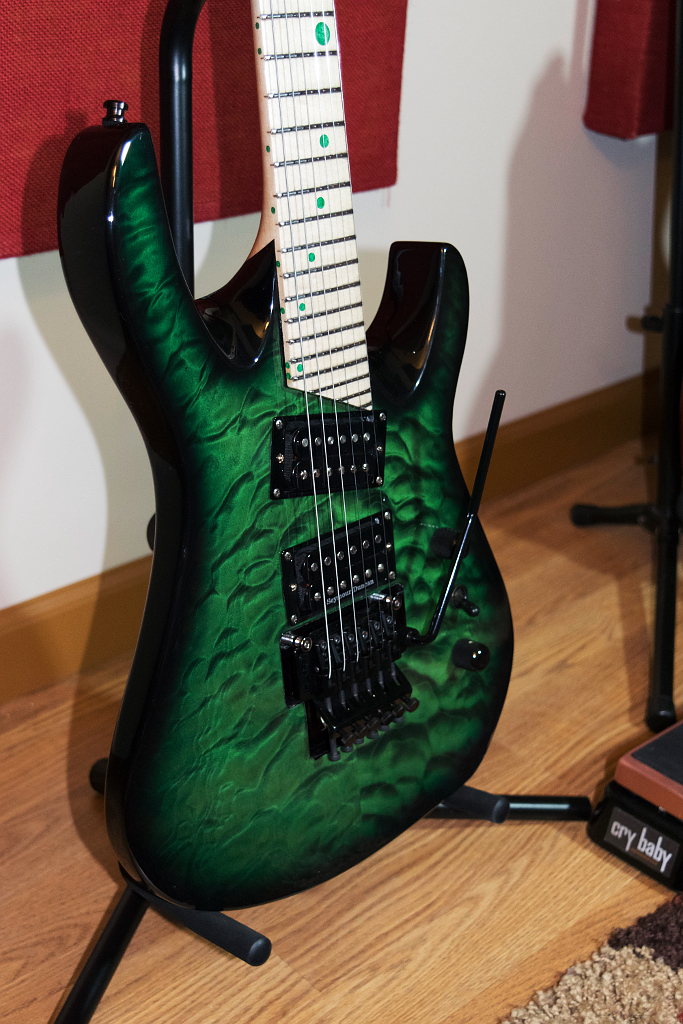- Joined
- Feb 8, 2014
- Messages
- 7,668
- Reaction score
- 10,906
I've just done my first on the guitar I built for my buddy, but frankly I'm not at all satisfied with my result. Ive done ebony and rosewood, but this is my first maple.
I've had a certain amount of beginners luck but I think its wearing thin. I'm just not happy with how this board turned out and I cant seem to find any definitive tutorials on how to do one properly.
If any can help with the following questions I'd be very grateful
1. How much lacquer?
I read "2 or 3 coats" in a couple places, but is that coats like some describe as 3 wet passes 15 minutes apart = 1 coat, and do that 3 times, or is is more literal as in 3 wet passes and you are done?
2. Do you need to prepare or pre-treat the frets in any way so that the lacquer comes off more easily? In my case the lacquer seemed to become one with the frets, and was an absolute nightmare to remove. I tried scraping with razor and scalpel, 0000 steel wool, etc. This stuff would not come off. These were stainless BTW
3. How do you treat the fret ends so they dont look ugly? Do you try and undercut and fill, or just grind them flush and show the whole tang edge? Undercut and use maple binding to hide the ends?
4. How do you finish the fingerboard surface? Just the same as the rest of the neck?
I've had a certain amount of beginners luck but I think its wearing thin. I'm just not happy with how this board turned out and I cant seem to find any definitive tutorials on how to do one properly.
If any can help with the following questions I'd be very grateful
1. How much lacquer?
I read "2 or 3 coats" in a couple places, but is that coats like some describe as 3 wet passes 15 minutes apart = 1 coat, and do that 3 times, or is is more literal as in 3 wet passes and you are done?
2. Do you need to prepare or pre-treat the frets in any way so that the lacquer comes off more easily? In my case the lacquer seemed to become one with the frets, and was an absolute nightmare to remove. I tried scraping with razor and scalpel, 0000 steel wool, etc. This stuff would not come off. These were stainless BTW
3. How do you treat the fret ends so they dont look ugly? Do you try and undercut and fill, or just grind them flush and show the whole tang edge? Undercut and use maple binding to hide the ends?
4. How do you finish the fingerboard surface? Just the same as the rest of the neck?



